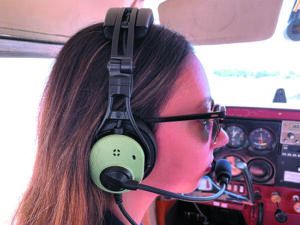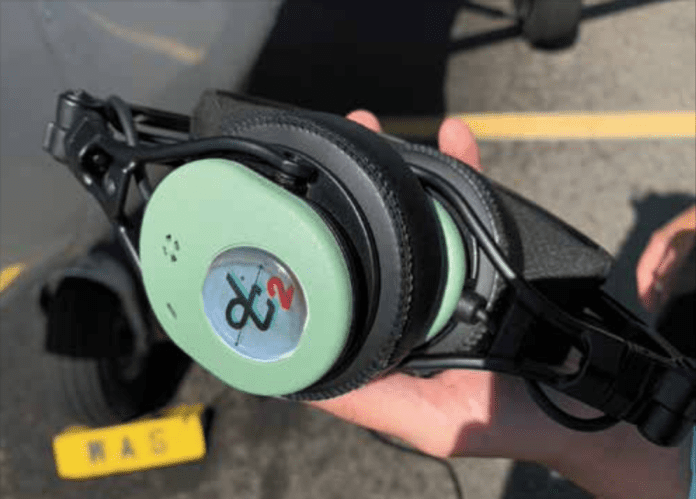Street priced at $745, the TSO-certified Pro-X2 is hardly considered an entry-level set, but it has enough smart features to satisfy buyers expecting modern, reliable tech. This includes good noise-canceling circuitry, a rugged yet comfy frame and reliable Bluetooth connectivity for tablet app and music interfaces.
After our October 2019 field report, we tossed the David Clark Pro-X2 into our long-term test pool. This is a good way to see how a headset will survive the front lines of abuse, plus there’s always someone at our local drome who needs to borrow a set for a Young Eagles flight or for an extra pax, so we get to collect data from a variety of users, in a variety of aircraft. It has held up well.
MULTI-MISSION

Because of its size and supra-aural design (the ear cups rest on the ear, not over it), the set is partially aimed at turbine cockpits, where engine noise may be tamer than in pistons. However, the minimalist design is appealing for all cabins because, face it, some passengers and pilots don’t want to wear big headsets. And if you are trying to impress a first-time passenger, you won’t score points when they arrive at the destination in pain from ear cup-clamping pressure points.
Notoriously, otherwise rugged and dependable plain-vanilla David Clark models can do just that, but not the Pro-X2. It reels in high marks for long-term comfort, partly because of its small frame and well-designed heat-absorbing ear pads. It’s easy to adjust the frame for the right fit.
We think David Clark got it right when it ditched the older magnesium alloy headband/suspension system it used on the first Pro-X model for an aluminum one. It’s a better finish, too, that doesn’t seem to scratch as easily. Almost four years in tough service, the set still looks new, although we do keep it stored in its case.
The set has a simple and right-sized control module that houses two AA batteries, plus there’s auto-shutoff to keep them alive.
HARDWORKING CIRCUITRY
With its first-gen Pro-X, David Clark learned the importance of solid ANR circuitry in a supra-aural design because of more noise leakage into the cups, compared with a tighter-fitting over-ear design. We found that the earlier set often struggled in louder cabins as the ANR circuitry became overwhelmed. While there’s still a performance tradeoff for comfort, the Pro-X2’s automatic gain control (AGC) does a decent job of keeping ANR rumble and popping to a minimum.
We heard it more in piston twins (especially when the props come out of sync) and in louder cabins with aging or minimum soundproofing. Good insulation and window seals will help the performance of any headset, so don’t overlook them.
TRY IT BEFORE BUYING IT
Find a retailer with a return policy in case these over-the-ear headsets aren’t a good match for your cabin. If you fly a turboprop or jet, we think they’ll likely work well, and can say the same for quiet pistons.
With reliable Bluetooth performance, a good microphone, decent noise-canceling circuitry and excellent product support from Worcester, Massachusetts, we think the Pro-X2 is worth trying.
Visit www.davidclarkcompany.com.


